QuestionHello
How much should I feed my blue heeler daily? Is pedagree a good brand to feed?
AnswerThe amount of food that a dog eats, and the number of times per day that a dog is fed changes as it matures. From 5 to 6 months a puppy can be fed 3 times a day, at 6 months of age, your puppy can be fed in 2 separate meals. Although your dog is starting to look like an adult, she is still a puppy, and needs to be on a puppy food for her first year. The changeover to the adult dog food should be done gradually - preferably over a week.
After six months, you can feed your dog two meals a day; and at one year of age, there should be only one meal, though if you like you can divide the one meal into two smaller portions, one in the morning and one in at night.
Once a Blue Heeler becomes an adult, it's important to keep in mind that it does not need to be given as much food; obesity can be a problem if not monitored closely. Never over-feed your dog; since it will not turn down food, it's up to you to monitor its eating habits and provide a reasonable amount. Remember to keep a bowl of fresh clean water near your dog's food bowl at all times.
Follow the guidelines on the puppy food package for recommended feeding amounts. Try to feed your dog at the same time every day. Feeding at the same time will keep your dog on a bathroom schedule, and will help with house breaking.
Monitor your puppy's weight and activity level, and make feeding adjustments as necessary.
When switching to a new food, gradually transition her to the new food by mixing portions of both foods until you slowly phase the old food out. Your puppy may experience diarrhea if her food is suddenly changed. Feed your dog the same type and brand of food every day. Unlike humans, a dog digestive system cannot handle changes in food. It can cause upset stomach and diarrhea.
Don't be alarmed if your puppy's appetite changes. It is normal for your puppy to lose his appetite or experience digestive upset occasionally. If your puppy's upset stomach becomes severe or last longer than a day or two, contact your veterinarian.
The first ingredient in your puppy's food should be a "Meat". Not a "Meat Meal" or "Meat By-Product", but the real thing. Puppies were not meant to primarily eat corn and wheat. If the first ingredient in your dog food is a corn, wheat, meat-meal or meat-by-product choose a different brand. The first 3-5 ingredients represents what the puppy/dog food is most made out of. If two or three of the ingredients are corn and other varieties of corn (such as corn gluten, etc.) you are feeding your dog or puppy a corn-based diet. If it lists varieties of rice, you are feeding your dog or puppy a rice-based diet. Whatever the grain, they are generally a poor sources of protein.
You also want to make sure that the food you choose does not have any chemical preservitves, such as BHA, BHT, propyl gallate, propylene glycol, and ethoxyquin, or contains artifical colors. Look for a dog food that lists "tocopherals" (sometimes called "mixed tocopherals"), which is a natural preservitive made from vitimin E.
Feeding your dog dry food is better for it's teeth than soft canned food is.
Pedigree makes a couple of different kinds of dog foods, you need to read the lables and see if they use artifical preservitives, and the order which the ingrediants are listed in. Remeber that you need to feed your dog a puppy food for another 7 months.
Ultimately, the quality of a dog food is best measured by your dog. How your dog performs on the food, how he looks, feels and acts are the best measures of the quality of any food. No matter what a food company claims unless your dog has bright eyes, silky hair and supple skin, and is not overweight, then the food is not right for her.
Best of luck!
Patti

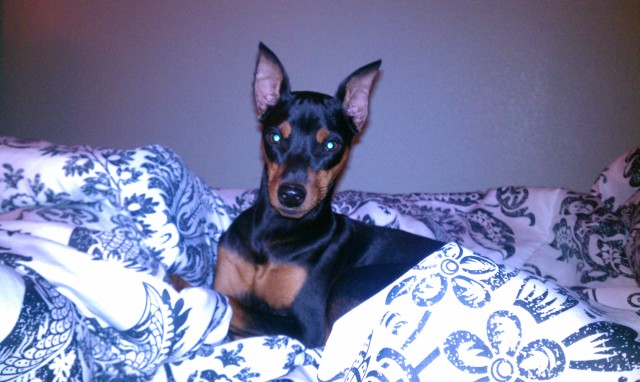 My miniature pinscher :)
Question
Chanel
I had a miniature pinscher of 8
My miniature pinscher :)
Question
Chanel
I had a miniature pinscher of 8
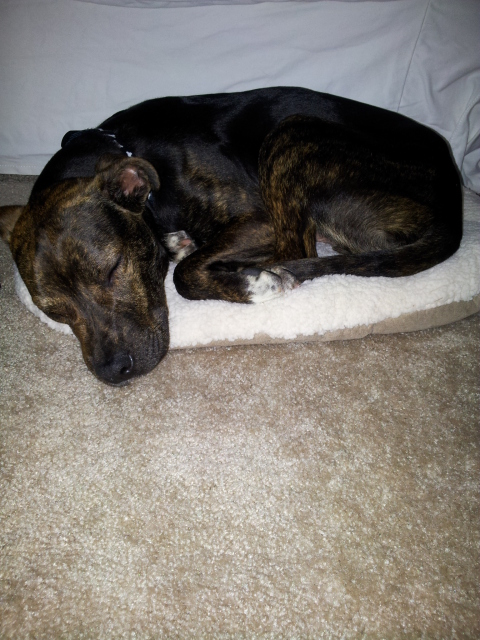 8 month old rescue has crate-phobia
Question
His name is Pepper
Please help. We adop
8 month old rescue has crate-phobia
Question
His name is Pepper
Please help. We adop
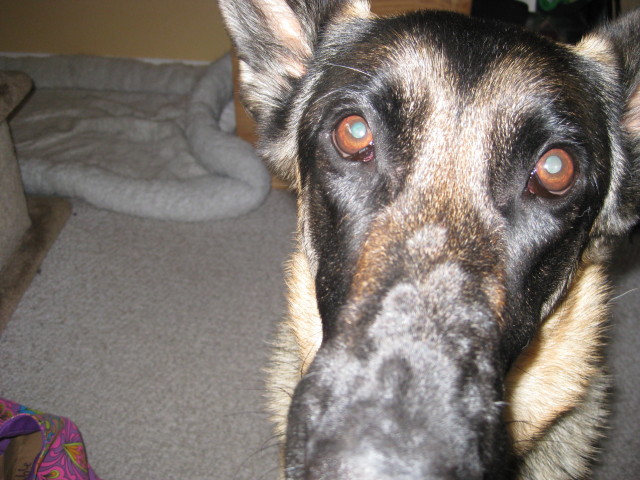 bumps on dogs nose
Question
bumps on nose
My dog has bumps on her nose..Sh
bumps on dogs nose
Question
bumps on nose
My dog has bumps on her nose..Sh
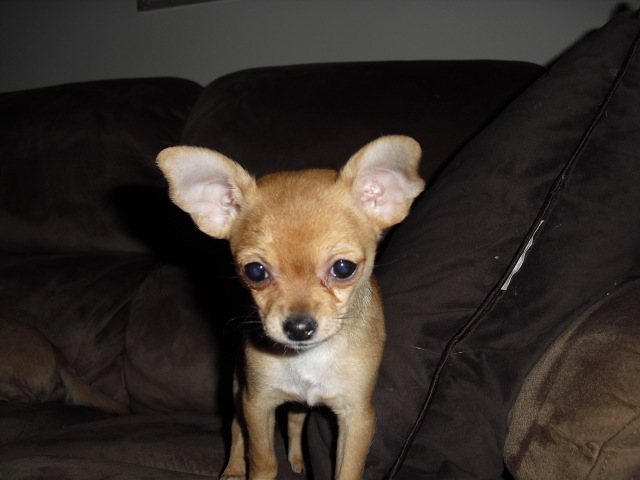 puppy chihuahua biting owner
Question
Cassey
Hello. I have a 6 month old femal
puppy chihuahua biting owner
Question
Cassey
Hello. I have a 6 month old femal
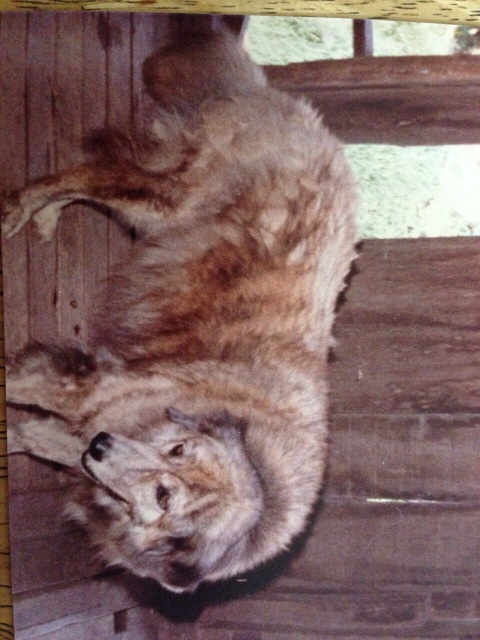 Identifying the breed
Question
Unknown Dog
Greetings Patti, I would li
Identifying the breed
Question
Unknown Dog
Greetings Patti, I would li